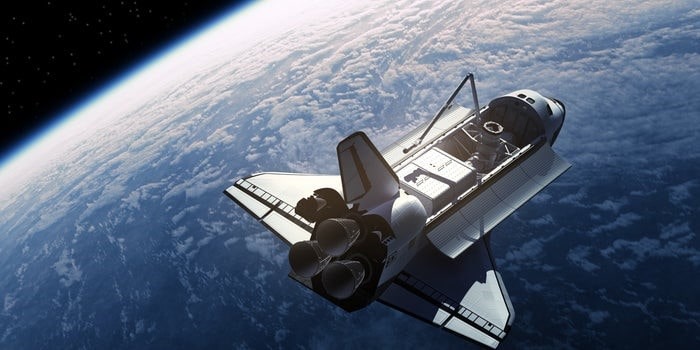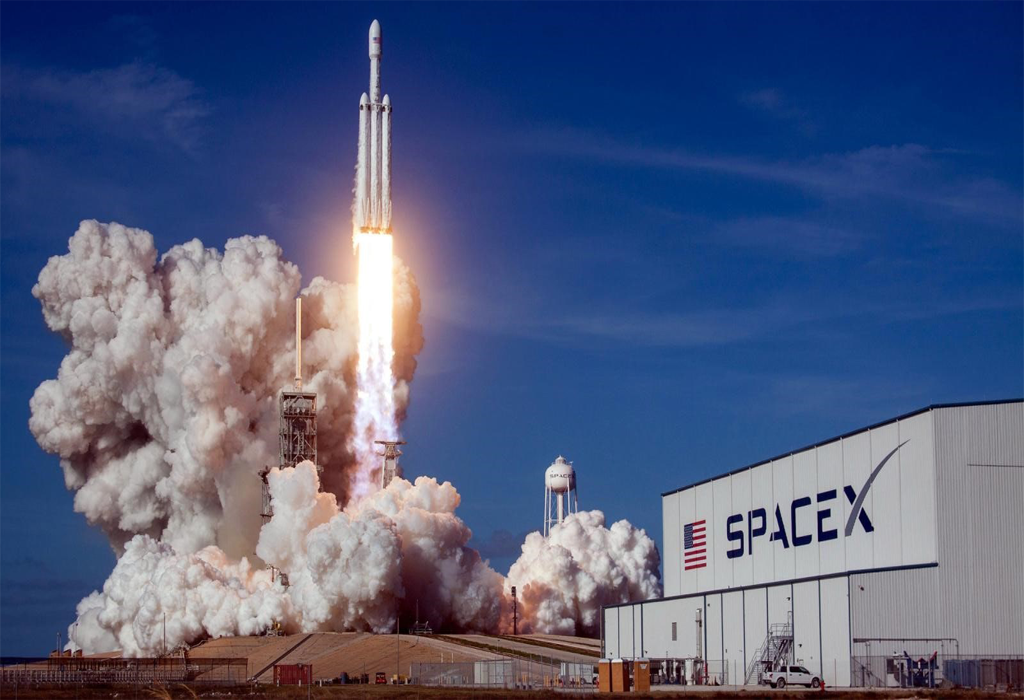The involvement of SpaceX in the field of space is the thing that (ISRO) Indian Space Research Organization can learn from the National Aeronautics and Space Administration (NASA) in order to bring low the cost of its space programs which can become a game-changer for Indian Space tryst. The involvement of SpaceX has given the huge benefit-cost to NASA, the cost per Astronaut has reduced by several folds while the spending on Spacecraft has reduced from $27.4 Billion to $1.7 Billion, according to the audit data from NASA and The Planetary Society.
The space technology sector has much revolutionized due to the innovative technological solutions by the CEO of SpaceX Elon Musk. There is 2 strategy of SpaceX which helped NASA bringing down the cost are technological innovation and the scheme of providing multi-vendors options.
Along with this, the invention of reusable rockets has given a lot of benefits to SpaceX. Reusable rockets have resulted in a rapid plummeting cost for transportation. Moreover, mass production and the use of 3D printing technology further helped bring down the costs.
Sending astronauts to space has always been a costly affair, but the involvement of SpaceX has brought a strong fall in the expenses. As compared to Soyuz which is a Russian spacecraft, the per-seat spending for sending an astronaut for a mission has fallen down to $55 million from $80 million. NASA used a space shuttle for the longest time period which was around 20 years, would suffer a cost of $170 million per seat. In the late 60s, the Apollo used for lunar landing missions would cost spending $390 per astronaut. Boeing did it the same at $90 million.
According to Musk, another strategy of cost reduction and efficiency is the involvement of multiple contractors. Another competitor of SpaceX is Boeing Starliner in the commercial Cargo & Crew (CCC) program. But the latter won the contract.
According to Musk contracting, out-come-based work would only give good results. He describes it in his tweet by saying, Outcome-based contracting with multiple competitors is vastly better than cost-plus (especially if sole-source), as the former rewards results & the latter rewards waste. Outcome contracting must be applied broadly within the government. The difference in the result will be incredible.
If you want to know about the spacecraft development cost, a similar trend can be seen. Apollo spends up to $30.9 billion while NASA cost went up to $27.4 billion on the shuttle orbiter. On the other hand, the Crew Dragon expenditure was only $1.7 billion, and the latest space capsule developed by NASA is Orion which cost was $23.7 billion.

NASA gets a lot of benefits from SpaceX on overall program development costs as well. $7.6 billion had to spend on the CCC program by NASA that has been outsourced to private players. As compared to it Orion, just the spacecraft cost NASA almost $23.7 billion. The Shuttle Orbiter Program had an expenditure of over 50 billion dollars.
SpaceX has proved that it can provide a cost-effective and reliable space transportation system with the success of the previous mission under the CCC program. After the success of the SpaceX mission, NASA administrator Jim Bridenstine signaled further involvement of private companies into other programs of the space organization.










